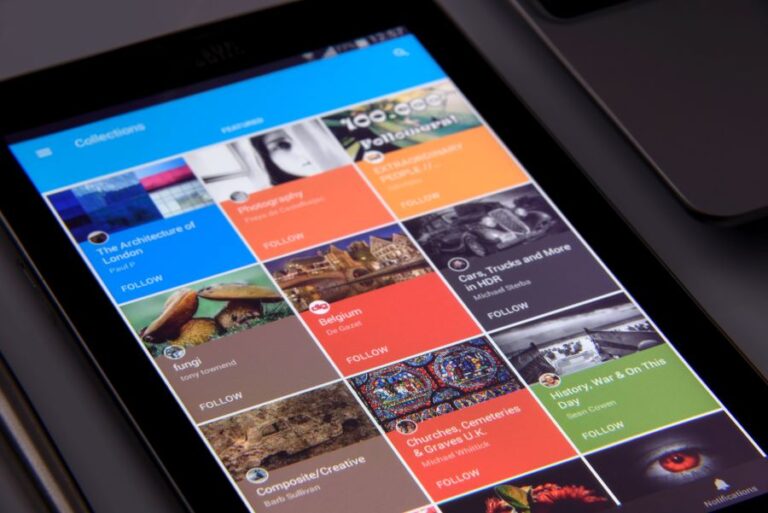3 Tips to make your website do more
tl;dr – Is your website “fine” but not driving traffic? Do you want more visitors to engage with your website? Here are 3 tips to make your website do more and get results.
Having a website is crucial for any business or individual looking to establish or grow its online presence. However, simply having a website is not enough. Your website must be optimized to attract and retain visitors. In this blog post, we will discuss three tips to make your website do more, including common website tools many people don’t use, content optimization and writing compelling blog post titles.
Utilizing these strategies will help ensure that your website is successful and drives the most traffic possible.
Tip #1: Make your website do more: Use more of the website tools already on your site.
Creating a successful website starts with optimizing your content and user experience. A great website should be easy to use, with an aesthetically pleasing design and clear navigation.

There are a lot of website tools out there that can help you improve your website. Some of the most common ones include using analytics to track your website’s traffic, using social media links on your website, and using marketing automation tools to track and measure your website’s performance. Utilizing all of these tools – most are already on your site – can help you identify where you need to make changes to improve your website’s performance.
There are several website tools that can help improve your website’s performance and user experience, but many people don’t use them.
These tools are probably inside your site already. Are you using them?
- Blockquotes – a way to draw a reader’s eye.
- Tables of Contents – especially on long posts with subheadings.
- Bullet (or Pretty) Lists – people like to read short phrases.
- Short paragraphs – break up long sections with the ENTER key.
Mostly FREE tools to use
- One is Google Analytics – it’s free – that can help you track your website’s traffic and user behavior.
- Another useful tool is Google Search Console, that can help you monitor your website’s performance on search engines and identify areas for improvement. It’s also free.
- Website speed optimization tools like GTmetrix and Pingdom can help you identify and fix issues that may be slowing down your website’s load time. You only have a few seconds to capture a visitor’s attention before they will click away from your site. Use free (and paid) tools to make your website load faster.
Tip #2: Make your website do more: Use high quality content and optimize your content to grow traffic, especially on mobile.
Content optimization is the process of making sure that your website’s content is user-friendly, informative, and optimized for search engines. To optimize your website’s content, you must make sure that your website’s structure is clear and easy to navigate, your content is informative and engaging, and your keywords are relevant and optimized for search engines. You should make sure that your website is mobile-friendly and loads quickly, as this can impact your website’s ranking on search engines. Google ranks sites “mobile first.” When is the last time you looked at your website on your phone or iPad?
High-quality content is one of the key factors that determines how successful a website will be. Content is what people see when they visit your website, and it’s what will keep them coming back. The more optimized content you have on your website, the more likely it is that people will find what they are looking for.
If you want people to stay on your website, you need to make it mobile-friendly. This means optimizing images and making sure all content can be easily accessible from a mobile device. It also means creating easy navigation and incorporating responsive design into your website so that it looks good on any device.
How do you optimize your website’s content?
Make sure every piece of information on your website is relevant and engaging for potential visitors. Try using keyword research to find phrases that are especially relevant to your target audience, and focus on providing a dense amount of information for each article or section.
Use keyword and keyphrase analyzers like
- Keyword Match
- Google Keyword Planner (requires a credit card that’s not charged unless you start an ad campaign)
- If you’re selling on Amazon, use the Amazon Keyword Tool,
Tip #3: Make your website do more: Improve Your Website with Compelling Blog Post Titles and Keywords.
Titles and keywords are important when it comes to SEO, or search engine optimization. Titles and keywords are the words that are used when someone is searching for information online. By optimizing your website with titles and keywords that are relevant to your industry but familiar to your visitors, you can make sure that your website will show up in the results of a search. Make sure you are using keywords that are relevant to your content and audience.
Compelling blog post titles are essential to attracting and retaining visitors to your website. Your blog post titles should be attention-grabbing, informative, and relevant to your target audience. You should also make sure that your blog post titles include relevant keywords, as this can improve your website’s search engine ranking. You can use tools like CoSchedule’s Headline Analyzer to test your blog post titles and make sure they are optimized for maximum engagement.
Want more website tips & tricks?
Fixing your website requires attention to detail and a commitment to optimizing your website’s content, using common website tools, and creating compelling blog post titles. By implementing these tips, you can improve your website’s performance, attract more visitors, and establish a strong online presence for your business or personal brand.
